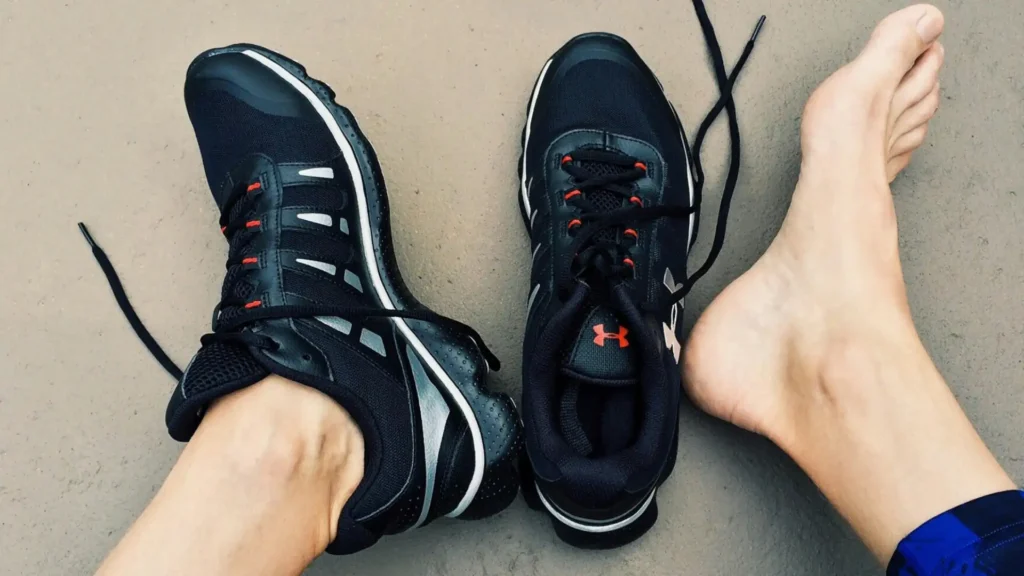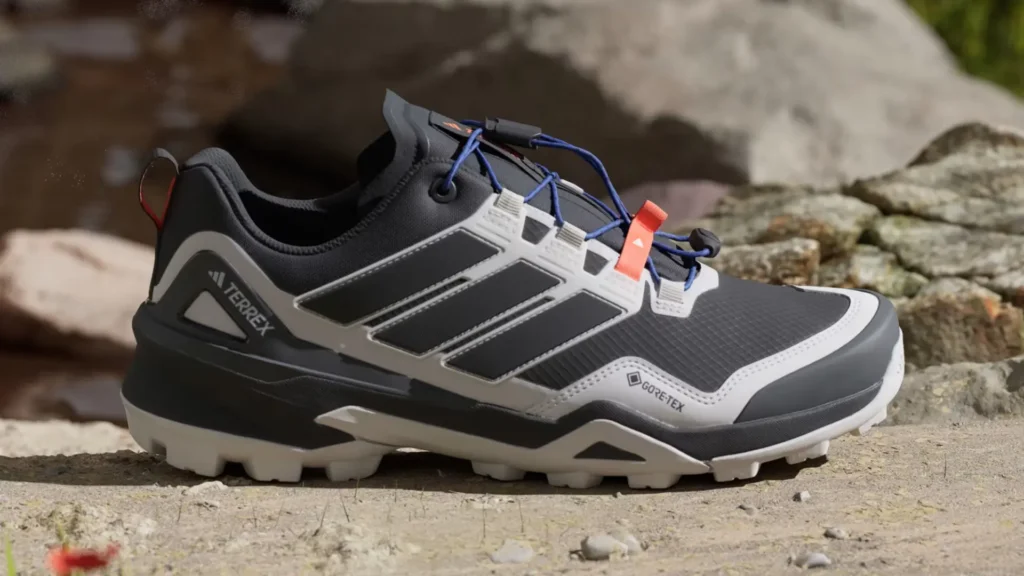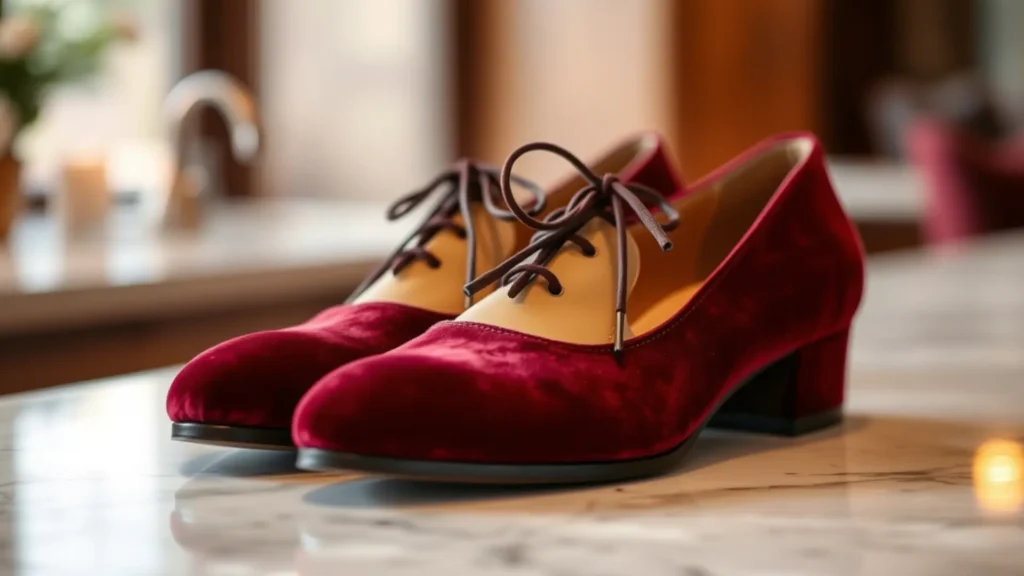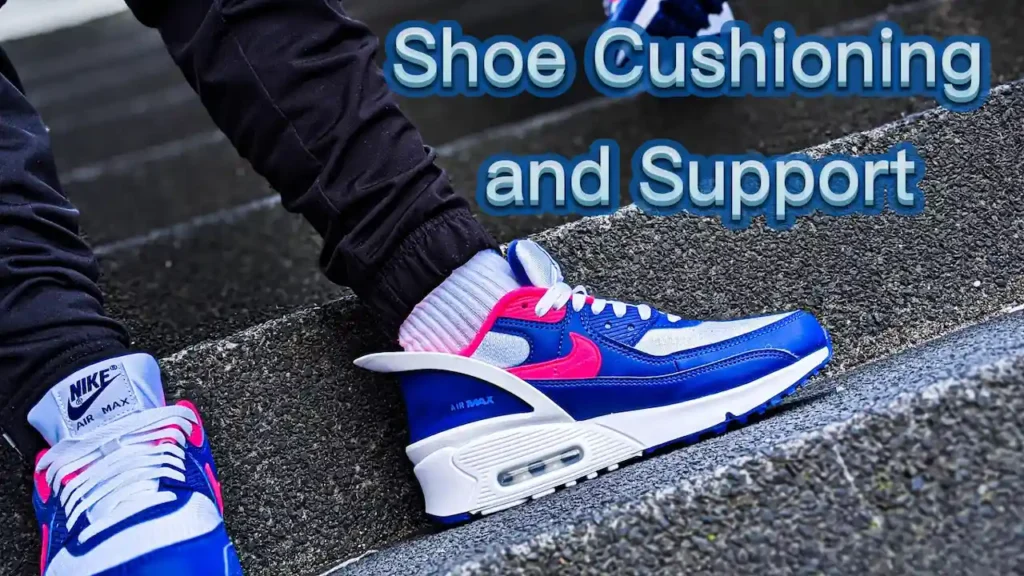Finding the right shoe size is more than just a convenience. It’s a cornerstone of comfort, health, and confidence. Knowing how to measure your shoe size accurately ensures you avoid the pitfalls of tight toes, slipping heels, and unnecessary returns.
This guide dives deep into the process, offering detailed steps, expert tips, and additional considerations to help you master the art of sizing your feet.
The Importance of Accurate Shoe Measurement
Your feet bear the weight of your daily activities. Shoes that don’t fit properly can lead to a cascade of issues: blisters, calluses, poor posture, and pain in your knees and back.
Studies suggest that up to 70% of people wear incorrectly sized shoes. They do this because they rely on outdated measurements and guesswork.
Feet aren’t static—they evolve with age, activity levels, and lifestyle changes. Pregnancy and weight gain contribute to these issues.
Swelling from standing and walking also increases foot size by the day’s end. Measuring your feet accurately and regularly bridges the gap between assumption and reality.
Beyond practicality, precise sizing is a game-changer for online shopping. With e-commerce dominating footwear sales—knowing your exact dimensions reduces the guesswork and return rates.
Tools You’ll Need to Measure Foot Size
You don’t need fancy equipment to measure your shoe size at home. Gather these everyday items:
- A blank sheet of paper (at least 12×12 inches to accommodate larger feet)
- A pencil or pen
- A measuring tape
- A flat, hard surface (tile or hardwood floors are ideal; avoid carpet or uneven ground)
- Optional: a friend to assist with tracing, a calculator for conversions, and a Brannock Device if you have access to one
Step-by-Step Guide to Measuring Your Shoe Size
Here’s a detailed breakdown of how to measure your feet with precision:
Set the Stage
Measure your feet in the late afternoon when they’re at their largest due to natural swelling. Research shows feet can expand up to 5-10% throughout the day.
Wear the socks you’ll pair with the shoes. Thin dress socks differ from thick wool ones. The thickness affects the fit.
Stand for the most accurate results, as your feet spread under your body weight. If standing isn’t possible, sit with your foot flat on the paper.
Trace Your Foot
Place the paper on a flat surface. Position your foot on the paper, keeping your weight evenly distributed. Avoid leaning too hard.
Hold the pencil at a 90-degree angle and trace the outline of your foot, keeping it as close to your skin as possible without digging in. Include every curve. Don’t skip the arch and toes. If tracing solo, go slowly. For best results, have a friend trace while you stand still.
Repeat for your other foot. About 60% of people have slight size differences between their left and right feet.
Measure Foot Length
On your tracing, identify the longest point (usually your big toe or second toe) and the back of your heel.
Use a measuring tape to measure this distance in centimeters, rounding to the nearest millimeter (e.g., 25.4 cm). Centimeters are preferred globally for their precision.
Write down the measurement for each foot. If they differ, note the larger one. This will be your guiding size.
Measure Foot Width
Locate the widest part of your tracing, typically across the ball of your foot (the area just behind your toes). Measure this width in centimeters, again rounding to the nearest millimeter.
Width is critical for comfort. Standard shoes assume a “Medium” width (D for men, B for women). Many people fall outside this range.
Convert to Shoe Size
Compare your measurements to a sizing chart specific to the region or brand you’re targeting (US, UK, EU, etc.). See the expanded chart below.
If your length falls between sizes (e.g., 26.0 cm), opt for the larger size and adjust with socks and insoles.
For width, check if the brand offers Narrow (N or A), Medium (M), Wide (W or E), or Extra Wide (EE or EW) options.
Verify and Refine
Repeat the tracing and measuring process at least once to ensure consistency. Small errors—like a tilted pencil—can skew results by half a size.
If your numbers vary, take a re-trace with extra care. Test your size by trying on shoes in a store or ordering two sizes online to compare.
Expanded Shoe Size Conversion Chart
Here’s a more detailed chart for adult sizes based on foot length in centimeters:
| Foot Length (cm) | US Men’s | US Women’s | UK | EU | Japan |
| 23.0 | 5 | 6.5 | 4.5 | 37 | 23 |
| 24.0 | 6 | 7.5 | 5.5 | 38 | 24 |
| 25.0 | 7 | 8.5 | 6.5 | 39 | 25 |
| 26.0 | 8 | 9.5 | 7.5 | 41 | 26 |
| 27.0 | 9 | 10.5 | 8.5 | 42 | 27 |
| 28.0 | 10 | 11.5 | 9.5 | 43 | 28 |
| 29.0 | 11 | 12.5 | 10.5 | 45 | 29 |
| 30.0 | 12 | 13.5 | 11.5 | 46 | 30 |
Factors That Influence Shoe Sizing
Shoe sizing is not as straightforward as simply matching a number to your foot length. Several factors significantly impact how a shoe fits, making it essential to consider more than just the basic measurements.
Brand Variations: Every shoe brand uses its own “last,” which is the mold used to shape the shoe during production. These lasts vary in shape, size, and curvature. This means a size 9 in one brand might feel completely different from a size 9 in another. For example, Nike tends to run narrow, especially in their running shoes. New Balance provides more room in the toe box, making them ideal for people with wider feet.
Even within the same brand, regional differences can affect sizing. European sizes are typically larger numerically than U.S. sizes, while UK sizes differ slightly due to historical measurement systems.
Always consult the brand’s specific size chart before purchasing.
Shoe Style: The style of the shoe plays a critical role in determining its fit. Different types of footwear are designed with specific purposes in mind, which influences how they should fit.
High heels require a snugger fit around the heel and arch to prevent slipping. However, this tightness cause discomfort if the shoe doesn’t accommodate the natural shape of your foot.
Athletic sneakers are engineered for performance. Many running shoes come in multiple widths (e.g., narrow, standard, wide) to cater to diverse foot shapes.
Ankle boots and knee-high boots need additional space to layering during colder months. Additionally, boots with pointed toes require sizing up to avoid pinching.
Open-toed sandals generally allow for breathing room but may lack support unless specifically designed for orthopedic needs.
Material: The material of the shoe greatly affects how it conforms to your foot over time. Leather is known for its ability to stretch and mold to the shape of your foot after repeated wear. This makes leather shoes forgiving if they’re initially a bit snug. However, excessive stretching leads to sagging.
Shoes made from synthetic fabrics tend to retain their original shape and rarely stretch. They may feel stiff initially and require breaking in. Canvas shoes are durable but rigid. They take longer to break in and may feel uncomfortable until they soften.
Perforated leather allow airflow. In contrast, non-breathable materials trap heat and moisture.
Arch Type: The arch of your foot determines how weight is distributed and where pressure points occur. There are three main arch types:
High Arches: Individuals with high arches experience uneven pressure distribution, concentrating stress on the ball and heel of the foot. Shoes with ample cushioning and shock absorption are recommended to reduce strain.
Flat Feet: Flat-footed individuals typically have lower arches or no visible arch at all, This causes overpronation. Stability shoes with motion control features help correct this imbalance.
Neutral Arches: Those with neutral arches enjoy a balanced distribution of weight and wear most shoe types comfortably. However, proper support is still important to maintain alignment.
Seasonal Changes: Your feet naturally expand and contract depending on environmental conditions. Heat causes blood vessels to dilate, increasing circulation and leading to temporary swelling. This means your feet may feel larger in summer than in winter.
Physical activity, prolonged standing, and long flights also cause temporary swelling. Shoes that are too tight during these times can exacerbate discomfort.
Sweaty feet in humid climates can lead to friction and blisters. Breathable materials and moisture-wicking socks are key to preventing irritation.
Measuring your shoe size accurately is a blend of science and self-awareness. Embrace the process as a ritual of care—your feet deserve it. The right size of your foot sets the stage for every stride. So grab your tools, measure up, and step confidently into footwear that fits like it was made for you.




